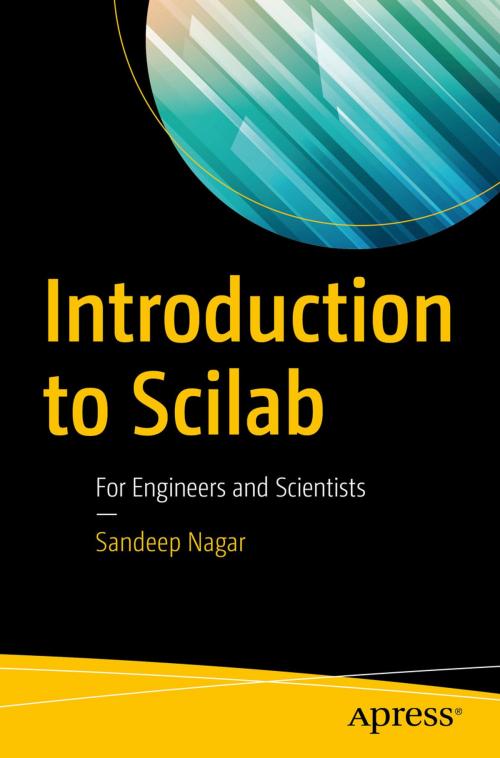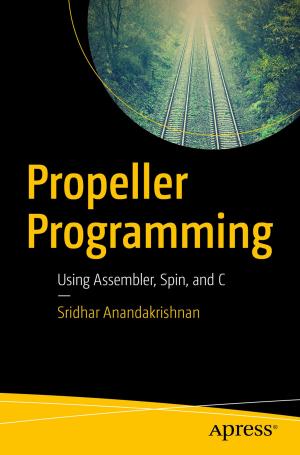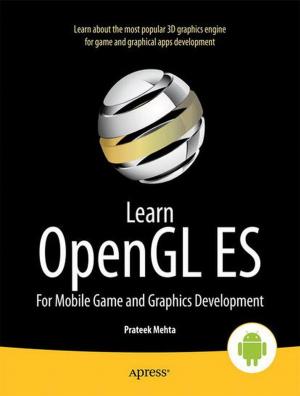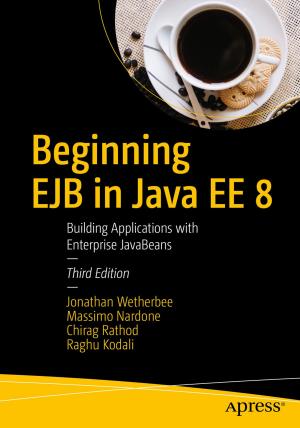Introduction to Scilab
For Engineers and Scientists
Nonfiction, Science & Nature, Mathematics, Counting & Numeration, Computers, Programming, Programming Languages, General Computing| Author: | Sandeep Nagar | ISBN: | 9781484231920 |
| Publisher: | Apress | Publication: | November 11, 2017 |
| Imprint: | Apress | Language: | English |
| Author: | Sandeep Nagar |
| ISBN: | 9781484231920 |
| Publisher: | Apress |
| Publication: | November 11, 2017 |
| Imprint: | Apress |
| Language: | English |
Familiarize yourself with Scilab using this concise, practical tutorial that is focused on writing code to learn concepts. Starting from the basics, this book covers array-based computing, plotting, and working with files in Scilab. Introduction to Scilab is useful for industry engineers, researchers, and students who are looking for open-source solutions for numerical computation.
In this book you will learn by doing, avoiding technical jargon, which makes the concepts easy to learn. First you’ll see how to run basic calculations, absorbing technical complexities incrementally as you progress toward advanced topics. Throughout, the language is kept simple to ensure that readers at all levels can grasp the concepts. After reading this book, you will come away with sample code that can be re-purposed and applied to your own projects using Scilab.
What You'll Learn
-
Apply sample code to your engineering or science problems
-
Work with Scilab arrays, functions, and loops
-
Use Scilab’s plotting functions for data visualization
-
Solve numerical computing and computational engineering problems with Scilab
Who This Book Is For
Engineers, scientists, researchers, and students who are new to Scilab. Some prior programming experience would be helpful but not required.
Familiarize yourself with Scilab using this concise, practical tutorial that is focused on writing code to learn concepts. Starting from the basics, this book covers array-based computing, plotting, and working with files in Scilab. Introduction to Scilab is useful for industry engineers, researchers, and students who are looking for open-source solutions for numerical computation.
In this book you will learn by doing, avoiding technical jargon, which makes the concepts easy to learn. First you’ll see how to run basic calculations, absorbing technical complexities incrementally as you progress toward advanced topics. Throughout, the language is kept simple to ensure that readers at all levels can grasp the concepts. After reading this book, you will come away with sample code that can be re-purposed and applied to your own projects using Scilab.
What You'll Learn
-
Apply sample code to your engineering or science problems
-
Work with Scilab arrays, functions, and loops
-
Use Scilab’s plotting functions for data visualization
-
Solve numerical computing and computational engineering problems with Scilab
Who This Book Is For
Engineers, scientists, researchers, and students who are new to Scilab. Some prior programming experience would be helpful but not required.















